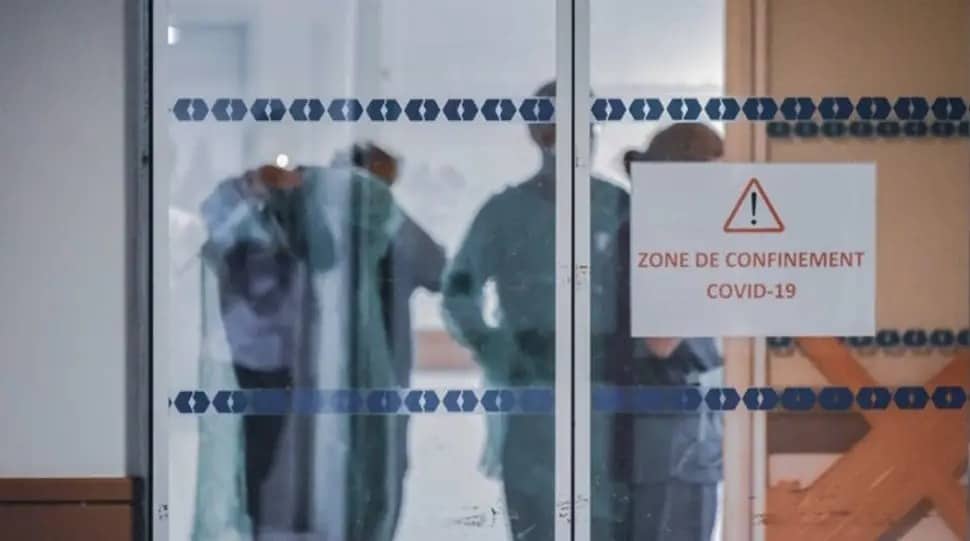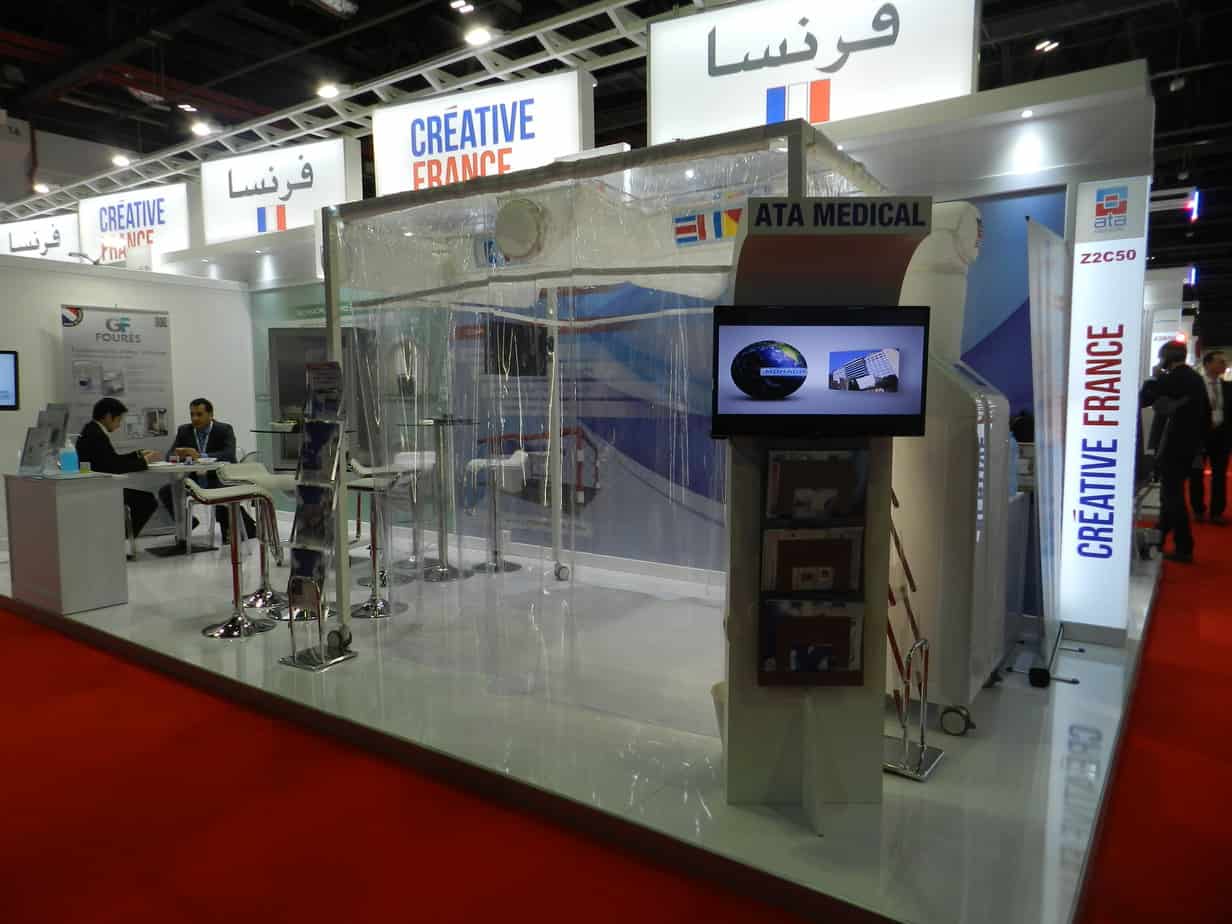The performance of a cleanroom is defined by a set of complex interactions between the airflow, sources of contamination and heat, position of vents, exhausts, and any objects occupying the space. Consequently, changes to any of these elements will potentially affect the operation of the cleanroom and could invalidate aspects of the room design.
HVAC is actually the most complex and important system of a cleanroom facility as the HVAC is responsible for controlling air cleanliness, temperature, humidity, and pressure.
Similar to standard HVAC, the HVAC of a cleanroom controls the temperature and the humidity to different levels of precision to create a comfortable environment. Along with comfort, cleanroom HVACs differentiate themselves from conventional systems by their increased air supply, airflow patterns, the use of high efficiency filters, and room pressurization. The increased air supply brings more air changes per hour with HEPA filtered air circulating into the cleanroom many times per hour.
Air change rate is a measure of how quickly the air in an interior space is replaced by outside (or conditioned) air. Air change rates (ACRs) are an important factor in contamination control of a cleanroom and are the single largest factor in determining fan and motor sizing for a air handling system. Air handler sizing and air path design both directly impact the capital costs and configuration of a building.
Two working principles for air change rate are possible with HVAC :
1. Recirculating with 6 volume of fresh air only
2. 100{01e3c5e93231d16e008ef94f2b1d6fd0127ff363a7cc717001d1444d838f865e} Fresh air
Introduction of even a small quantity of air into an HVAC system raises physical plant requirements dramatically, bringing to fore a new dimension of balancing energy needs. Recirculation air handler fan energy can account for 10 to 30{01e3c5e93231d16e008ef94f2b1d6fd0127ff363a7cc717001d1444d838f865e} of total cleanroom energy use. Therefore working in recycling represents the most energy efficient system.
Returned air, already treated, requires less energy than treating fresh air and necessites lower air change rates. This result in smaller fans which reduce both the initial investment and operating cost. Fan power is approximately proportional to the cube of airflow. A reduction in the air change rate by 30{01e3c5e93231d16e008ef94f2b1d6fd0127ff363a7cc717001d1444d838f865e} results in a power reduction of approximately 66{01e3c5e93231d16e008ef94f2b1d6fd0127ff363a7cc717001d1444d838f865e}.
Lower airflow may also improve the actual cleanliness by minimizing turbulence.
Also, for a matter of consumables consumption, working is recycling is preferable: fresh air will clog filters and use consumable more quickly than an air which has been pretreated.
Working in 100{01e3c5e93231d16e008ef94f2b1d6fd0127ff363a7cc717001d1444d838f865e} fresh air might also be necessary for rooms which presents a risk of contamination, as recycling would present a risk of cross contamination between different areas. It is therefore imperative to integrate heat/energy recovery devices to airconditioning design to keep all these requirements in mind, and keep compliance with the new ERP directives.






